5 Acquisition Channels To Grow Your Customer Base
It’s been a rough few years for small-business marketers. For one, inflation has resulted in many brands losing once-loyal customers to more affordable alternatives. [1] Moreover, 24% of business leaders in Software Advice’s 2023 Small Business Attributes Survey say competition negatively impacts profitability.*
The right customer acquisition channels can help you differentiate yourself as the better option for customers switching brands. We’ve outlined five acquisition channels and complementing tech tools to get you started. Even better? Our research is backed by proprietary Software Advice survey data as well as insights from leading global research firm Gartner. [1-2] [4] [6-7]
What are customer acquisition channels?
Customer acquisition channels are the platforms through which prospects enter the awareness stage of the customer acquisition funnel. They are the first places customers become aware of your brand and can include social media, organic search, or paid advertisements such as Google Ads.
The right customer acquisition channel will depend on your industry, business type, offerings, and target audience. For example, if you provide local services, you might focus your customer acquisition efforts on community events and neighborhood Facebook groups, but if you’re a creative brand, you may opt for more visual social media channels such as Instagram.
#1: Social media
As a small-business marketer, you want to amplify your brand, get noticed, and ultimately drive more sales and revenue. Social media is a popular and effective way to accomplish these goals. In fact, 40% of marketers in our 2023 Social Media Landscape Survey say they would consider investing in a new social media platform or app to engage with new or potential customers.**
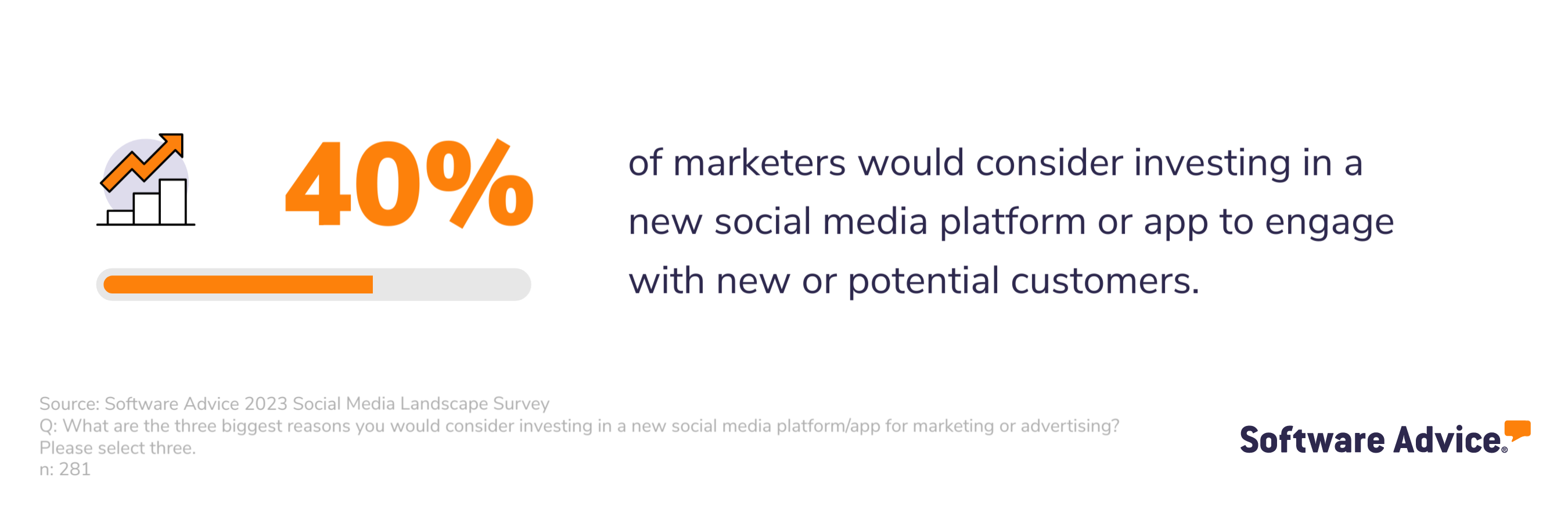
Social media marketing is a broad category that suits just about any type of business, from medical practices to nonprofit organizations. What matters more is the platform and how it’s used. The table below lists several popular platforms and their optimal use cases.
Social media platform | How to use |
|---|---|
Create brand awareness and an engaging customer community by kicking off discussions and sharing content related to your offerings. | |
Build brand equity through powerful, authentic visuals, such as images and short-form videos. | |
Share ideas through your own and your employees’ business network. | |
Share creative and inspiring content related to your offerings. | |
Spotify | Create a podcast series focusing on specific topics to share your opinions, drive engagement, and increase brand awareness. |
TikTok | Work with younger demographics to increase brand awareness by incentivizing them to promote your brand. |
Share opinions and participate actively in discussions to build engagement. | |
YouTube | Create video content to increase brand awareness through product presentations, recorded demonstrations, webcasts, and more. |
How to stand out on social media
One way to differentiate your business is to get someone skilled in content strategy behind your social media accounts. Forty-one percent of marketing leaders in our 2023 Futureproof Marketing Survey say the largest gaps between their existing skills and the skills needed to meet their business goals are in their social media marketing.***
Hiring an in-house social media manager or outsourcing social media marketing to a third party can help ensure consistent posts, boost brand awareness, and increase engagement. It can also help your marketers understand your target audience and their likes, dislikes, and interests to create an effective social media marketing strategy. But if hiring someone isn’t on the cards right now, we recommend investing in social media marketing tools.
Tech tools to get started with social media marketing
Social media marketing software reduces workload by streamlining tasks such as approval processes and scheduled publishing and by speeding up data analysis and reporting. This can help smaller businesses that can’t hire a third party improve their social media marketing strategy. Learn more about social media marketing software here.
#2: Email
Email marketing—the use of email to deliver and optimize marketing messages—is an effective way to attract a potential customer. This is because emails can be easily personalized, whether through catchy headlines, customized recommendations, or subscriber-only offers. Moreover, research shows that consumers rank email among their top three communication channels for brands they haven’t yet purchased from. [2]
Email can be used by a wide variety of businesses, whether you’re selling a product or service or creating content. It’s particularly well suited for brands that are looking to:
Build trust with their customer base: When subscribers receive personalized and relevant content that speaks directly to their needs and interests, they’re more likely to engage with your emails and view your brand as a trusted source of information.
Receive instant feedback: Other forms of marketing may not see results for days or weeks, but email marketing provides instant feedback. Within minutes of sending an email, you can get responses in the form of questions, comments, or orders placed, telling you right away whether or not your message resonated with your audience.
Get a higher return on investment: Email marketing boasts the highest ROI of all marketing channels at $42 back for every dollar spent, according to Statista. [3] It’s also one of the less expensive marketing channels, typically only requiring an investment in software (although plenty of free options are available).
How to make your emails stand out
One way to make your business stand out is by offering subscribers the option to opt out. As certain holidays approach, asking subscribers if they’d like to opt out of marketing emails shows empathy by acknowledging that the holidays can be difficult or bring up negative feelings.
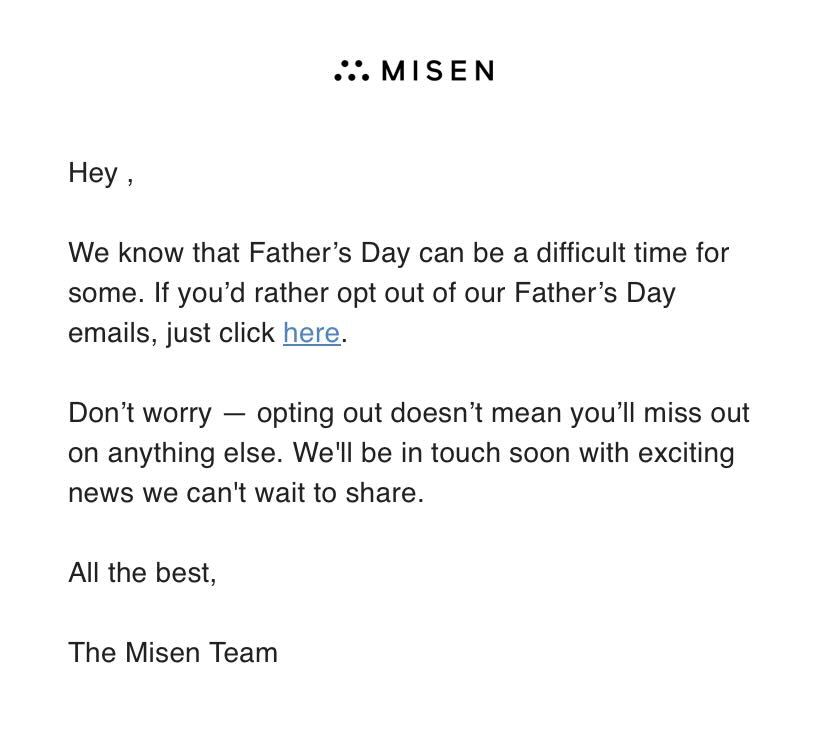
Screenshot of an email sent by cookware brand Misen, taken by the author
Customers appreciate the option and are more likely to give their business to brands that provide it. A whopping 91% percent of consumers in our 2022 Holiday Marketing Survey feel very or somewhat positive toward holiday opt-out emails, and 81% are extremely or somewhat likely to purchase from brands that offer them.****
Tech tools to get started with email marketing
Email marketing software is a must-have if you decide to focus your customer acquisition efforts on email. It automates common email marketing tasks such as responding to customers or sending opt-out emails. These tools can also measure engagement metrics, as shown below, and help companies find better ways of segmenting their customers and audiences. (Check out top-rated email marketing tools here.)
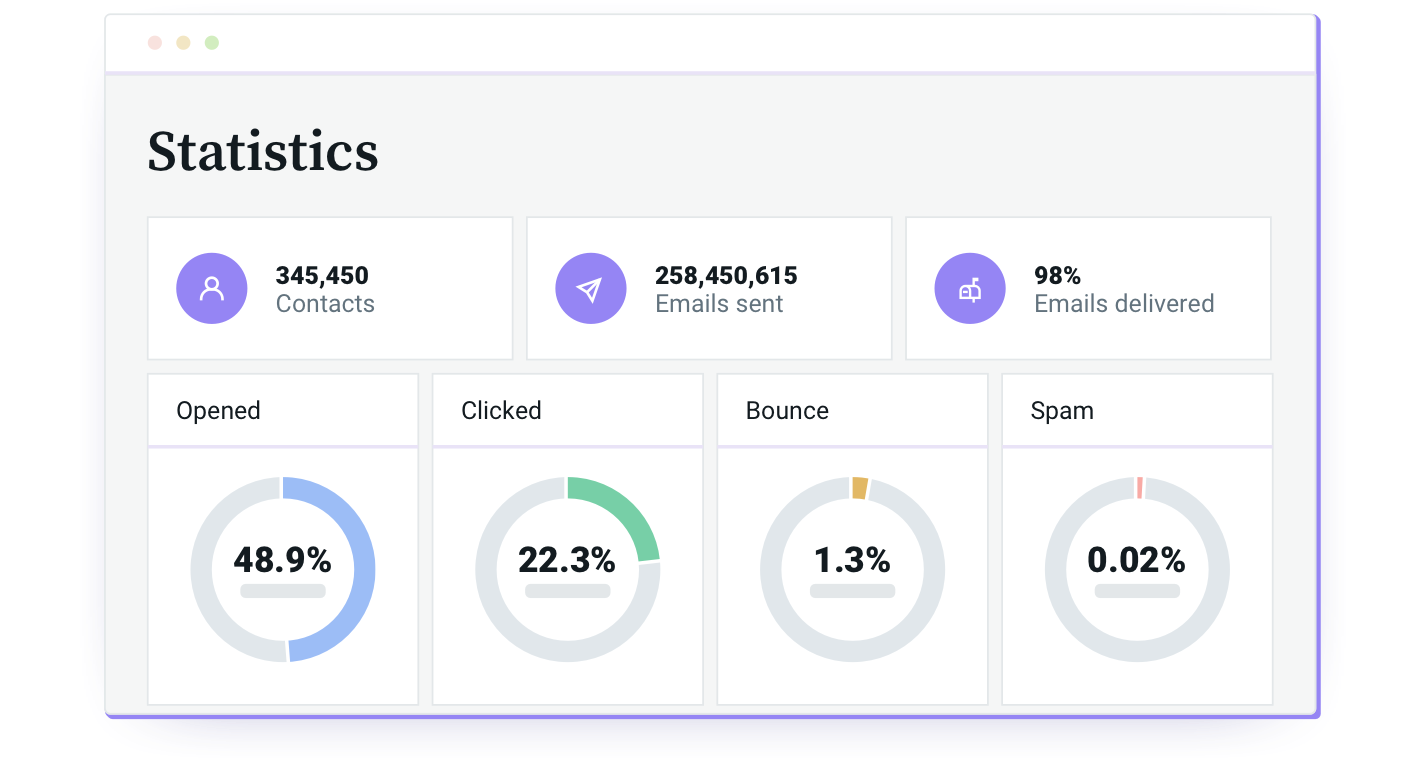
Statistics dashboard highlighting email metrics in email marketing tool Mailjet
#3: In-person events
Event marketing is a strategy that includes live promotional events where audiences interact with a product or brand face-to-face. And while they had initially slowed down due to the COVID-19 pandemic, in-person events are making a comeback: Nearly half of retail business leaders plan to sell at in-person pop-up events or holiday markets this holiday season per our 2023 Retail Holiday Preparations Survey.*****
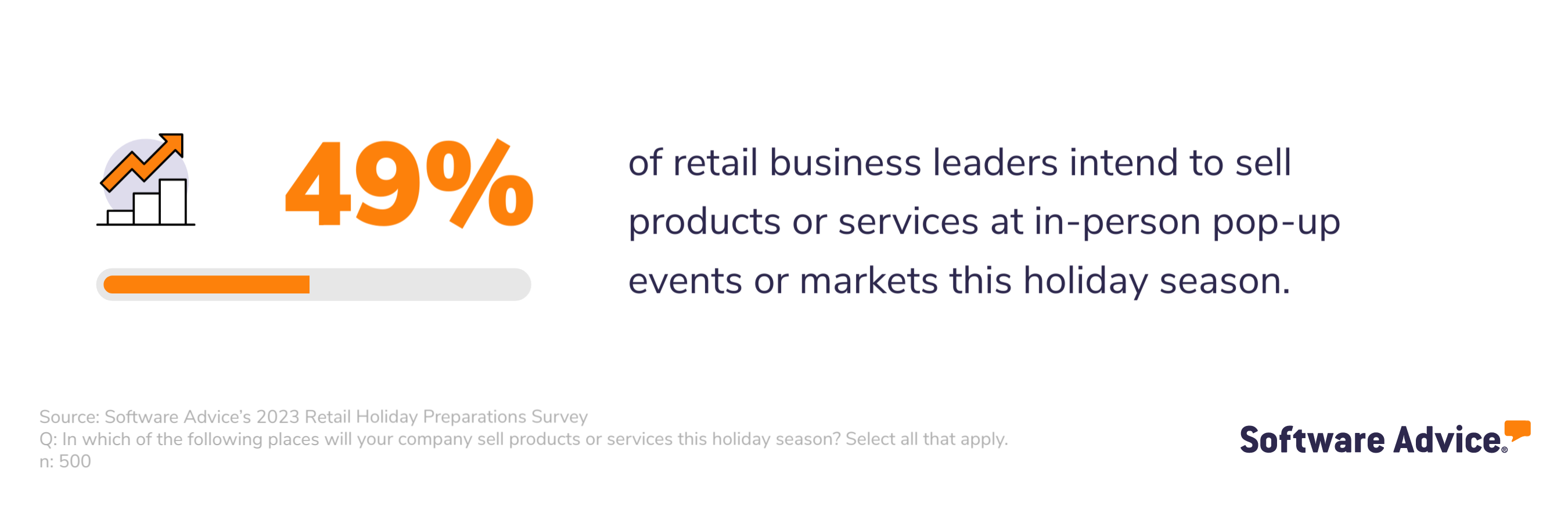
Consider in-person event marketing if:
You have a product that’s better experienced in person: Such products include food and beverage items, household appliances, and health and beauty products.
You want to prioritize in-person interaction: In-person events give you a chance to network, build relationships, and read nonverbal cues that tell how customers really feel.
You want to educate your customer base: Healthcare chief marketing officers (CMOs), for example, are spending more on event marketing because it allows them to educate future clients and generate brand awareness. [4]
How to make your in-person events stand out
You can do a number of things to differentiate your brand through the event marketing channel:
Have a clear value proposition. You should be able to articulate why your target audience should attend your event as well as the benefits, outcomes, and solutions that your event offers.
Focus on brand experience. One way to do this is by featuring speakers that reflect your brand’s values or hosting at a venue that exemplifies your brand identity.
Don’t forget about pre-event marketing. Creating content that builds excitement or educates attendees is a great way to promote any upcoming events.
Tech tools to get started with in-person event marketing
Event management software allows you to incorporate business logic into planning and organizing an event. It facilitates event registration, ticketing, on-site operations management, and seat allocations. You can also use it to administer real-time polls and surveys to keep your audience engaged and incorporate customer feedback to improve future events. (Check out top-rated event management tools here.)
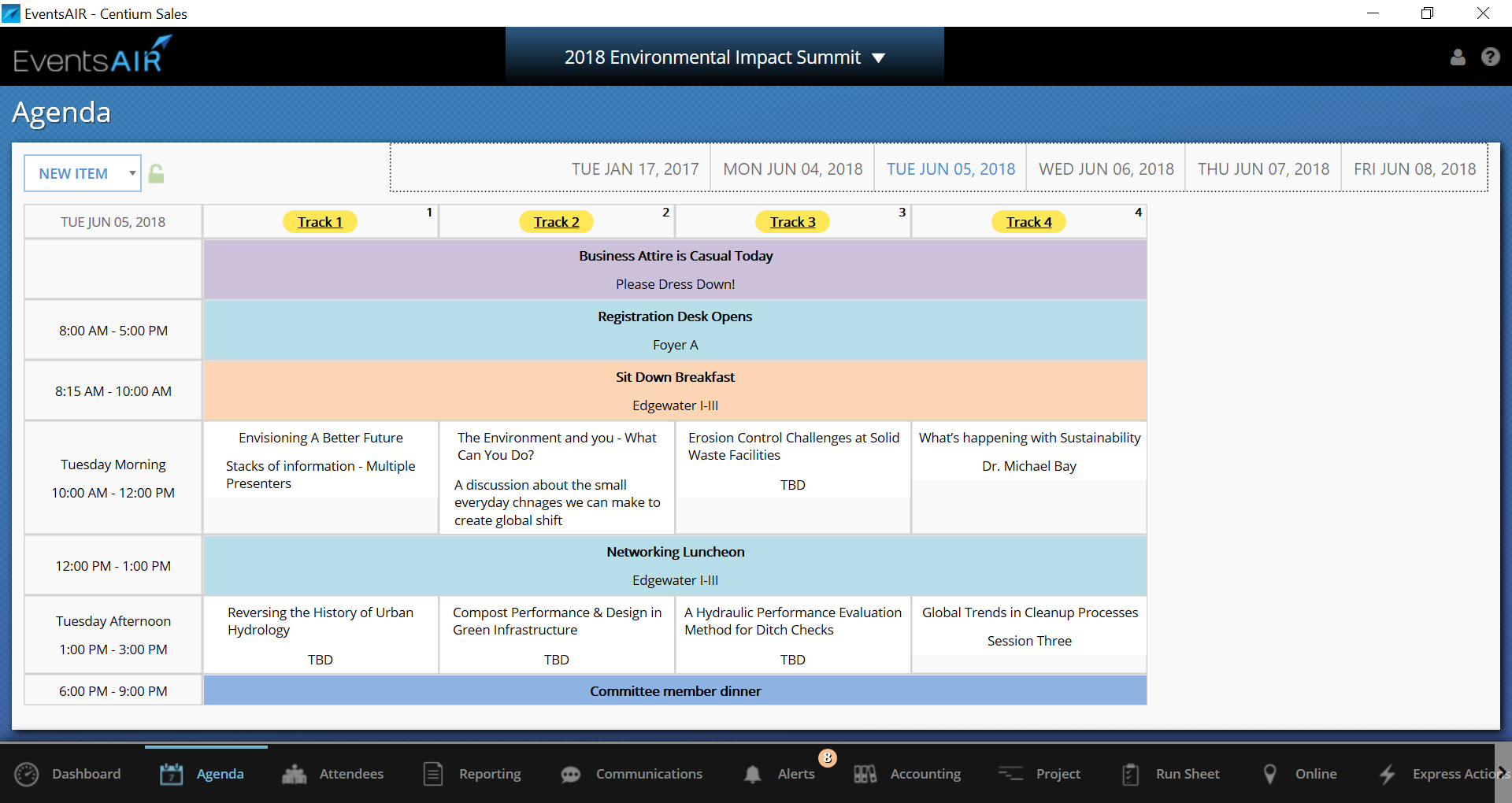
Planning an event agenda in event management platform EventsAIR
#4: Website (organic traffic)
Your website can be a powerful tool for attracting new customers if you know how to optimize it for organic traffic. We specify organic traffic rather than paid traffic because it’s free, and any leads generated are already searching for the products or services your brand offers.
The process used to optimize your website for organic traffic is called search engine optimization (SEO). The goal of SEO is to increase your content ranking in organic search results to improve visibility, create awareness, and drive traffic to your website.
How to make your website stand out
Here are a few tips to increase organic traffic and help your website stand out:
Create high-quality content. Your content should offer value to your target audience and give them a reason to visit your website.
Find the right keywords. For example, if you want to get on the radar of someone searching for car loans, consider what else might be of interest to them (e.g., “car loan calculator”) as well as their location (e.g., “Texas banks offering low-interest car loans”).
Ensure your site is user-friendly. Make sure all links go to live web pages, and include alt text with any images to help visually impaired readers.
Implement a link-building strategy. Getting websites with high domain authority to link back to your website tells the algorithm that your site is trustworthy. You can do this by adding links to a social media profile, commenting on posts or blogs, or writing guest blog posts for popular websites in your industry.
Looking for other ways to increase website traffic?
Another option to attract more customers to your website is to outsource SEO to a third party. SEO service providers work with your team to create and implement strategies to drive and maintain organic traffic to your website. You can hire them to work with your team on an ongoing basis or just once for a website redesign.
Tech tools to prepare your website for customer acquisition
Website builder software helps construct websites without the need for in-depth coding expertise. This software offers various design tools, domain hosting options, and built-in templates to create a user-friendly website in minimal time. The software also typically includes SEO tools that enable the website to perform better in search results.
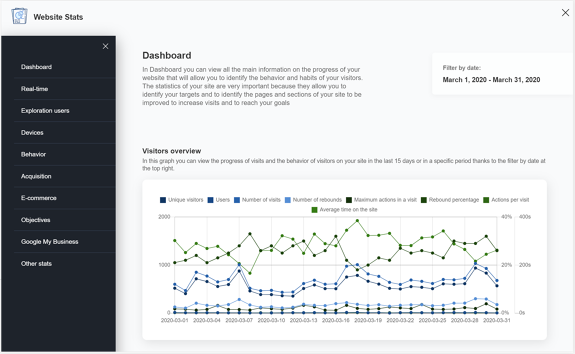
Graph detailing website traffic in website builder tool Flazio
#5: Referral programs
Referral programs bring in new customers and reward your current ones without adding to your customer acquisition cost. See the below example of a property management company that rewards clients with a month of waived management fees for referring other rental property owners. This incentivizes existing clients to do the legwork of bringing in new clients.
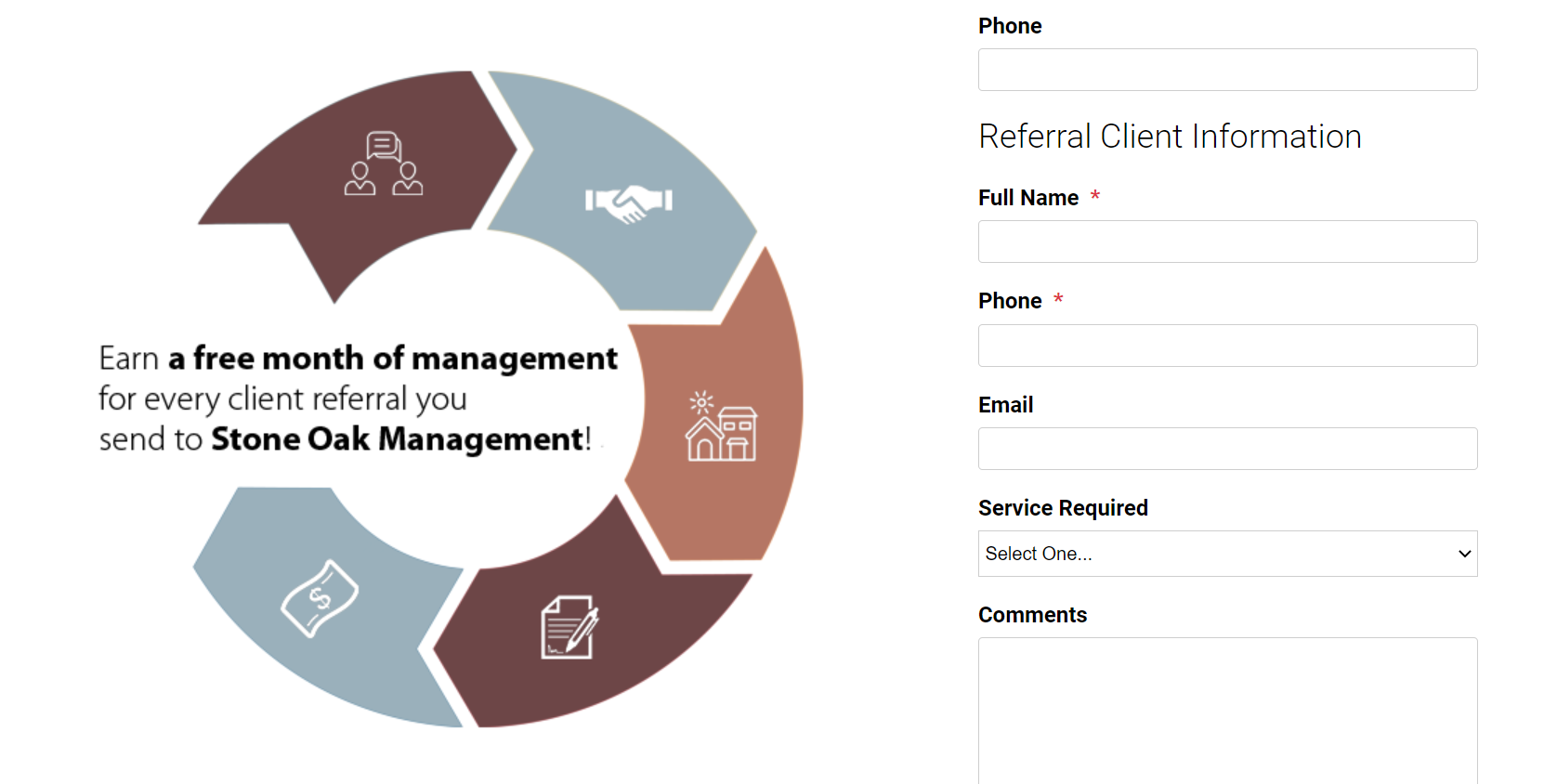
Screenshot of Stone Oak Property Management’s referral program [5]
Referral programs are a good choice for the following types of businesses:
Brands that cater to younger demographics: Research shows that, compared to older consumers, Gen Z shoppers more often point to ratings, recommendations, and sustainability as purchase triggers. [6]
Online retailers and ecommerce companies: If you have an online store, you can implement a referral program by giving customers a unique code to share with friends. This makes it easier to track referrals and ensure current customers get rewarded.
Professional services, financial services, and real estate companies: Earlier, we gave an example of a property management company that offers a referral program. The same type of program also works for cleaning companies, gyms, movers, and meal kit services. Banks also frequently offer incentives to clients whose friends or family members open new accounts.
Since these programs rely on current customers, rather than marketing campaigns, for brand promotions, they are also a good choice for businesses watching their bottom line, as well as those looking to improve their customer retention efforts.
How to make your referral program stand out
Gamification, or the use of games to digitally engage and motivate customers, is a fun way to differentiate your referral program and boost customer loyalty. It helps that this method isn’t reliant on purchases—Gartner claims that rewarding users for nontransactional behavior builds brand allegiance without requiring customers to make constant purchases to win rewards. [7]
Examples of gamification include:
Badges: When customers earn badges for hitting referral milestones, they feel accomplished and celebrated.
Tiers: Specifying the different levels of rewards based on the number of approvals can motivate customers and keep them engaged.
Points: For instance, Chinese consumer electronics brand Honor rewards customers with points whenever a referral purchases via a QR code. Customers can redeem their points to win prizes, such as earphones. [7]
Tech tools to get started with referral marketing
Referral management software helps manage your referral program by automating the end-to-end process of creating, customizing, launching, and tracking referral campaigns. It incentivizes current customers to recommend your brand by providing rewards such as vouchers, coupons, and loyalty cards for each prospective customer gained.
Beyond automating the referral process, the software analyzes customers’ behavior, including their interaction with referral campaigns and the impact of referrals on overall sales and brand visibility. This analysis helps your marketing team tailor referral programs for specific customer segments, maximizing program effectiveness and driving customer acquisition.
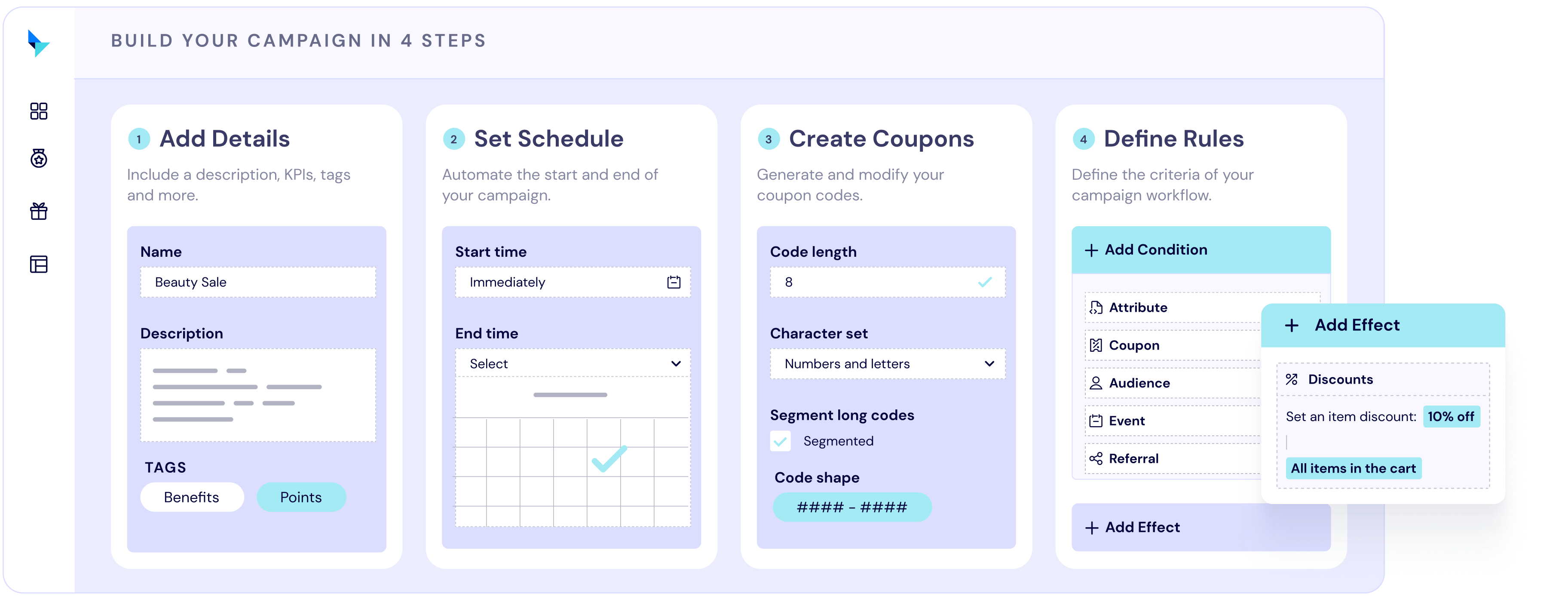
Campaign building feature in referral management tool Talon.One
Looking for more channels?
There are more customer acquisition channels than we can cover in one article. We’ve highlighted the five that we feel are most impactful based on our research and proprietary survey data. But to give you a better sense of all your options, here are some others you might consider:
Affiliate marketing
Blogs
Influencer marketing
Paid search
SMS/text messaging
Traditional advertising (billboards, newspaper ads)
Choose the right customer acquisition channel for your business
The customer acquisition channels we’ve highlighted are the ones that feel most impactful based on our research and proprietary survey data. Their impact includes the fact that they’re applicable to a wide range of businesses, as shown in the table below.
Customer acquisition channel | Recommended for |
|---|---|
Social media | Any type of business, as long as consideration is given to the type of platform and its use |
Brands looking to build trust with their customer base, receive instant feedback, and get a high ROI | |
In-person events | Brands looking to prioritize in-person interaction and educate customers about products that are better experienced in person |
Website (via organic traffic) | Any business with a website |
Referral programs | Brands that cater to younger demographics, online retailers, ecommerce companies, professional services companies, etc. |
If your chosen channel doesn't bring customer acquisition success, you can always try a different one. Whichever customer acquisition strategy you choose, you’ll want to use appropriate tech tools to track its performance.
Note: The screenshots of applications included in this article are examples to show a feature in context and are not intended as endorsements or recommendations.
Survey methodology
*Software Advice’s 2023 Small Business Attributes Survey was conducted in October 2023 among 400 respondents to learn more about the characteristics that epitomize U.S. small businesses. All respondents were screened for leadership positions of Vice President or above at companies with 1 to 250 employees.
**Software Advice’s 2023 Social Media Landscape Survey was conducted in July 2023 among 281 U.S. respondents to explore how marketers are focusing their social media investments in an ever-fragmented social media landscape (specifically given the introduction of Meta's new Twitter alternative Threads). Respondents were screened for marketing or advertising job roles or functions in organizations with 1 or more employees. Respondents must use Twitter or Instagram for advertising initiatives.
***Software Advice’s 2023 Futureproof Marketing Survey was conducted in June 2023 among 281 U.S. respondents to explore the skills marketing managers and leaders are hiring for in a post-AI technology job market along with where marketing professionals believe they should upskill to secure their job roles now and in the future.
****Software Advice's 2022 Holiday Marketing Survey was conducted in September 2022 among 869 U.S. consumers to gauge their reactions to holiday email opt-out options. Respondents were screened to have checked their personal email account monthly or more often over the last 6 months and must have ever received advertising, marketing, or promotional emails.
*****Software Advice’s 2023 Retail Holiday Preparations Survey was conducted in August 2023 among 500 retail business leaders to learn more about how small-to-midsize retail businesses are preparing for the holiday shopping season. Respondents were screened for decision-making authority in the areas of marketing/advertising, merchandising, supply chain/logistics, procurement or purchasing, and ecommerce operations. Respondents represent businesses with 2 to 1,000 employees.
Sources
Strategies To Acquire and Retain Consumers in an Inflationary Environment, Gartner
Reach Your Customers Through Their Preferred Marketing Channels: Website, Email, and Mobile Apps, Gartner
Healthcare CMOs Allocate More Budget to Search and Event Marketing, Gartner
Referral Program, Stone Oak Management
Acquire New Gen Z Customers With Their Preferred Offers and Promotions, Gartner
3 Ways To Drive Retention Without a Loyalty Program, Gartner